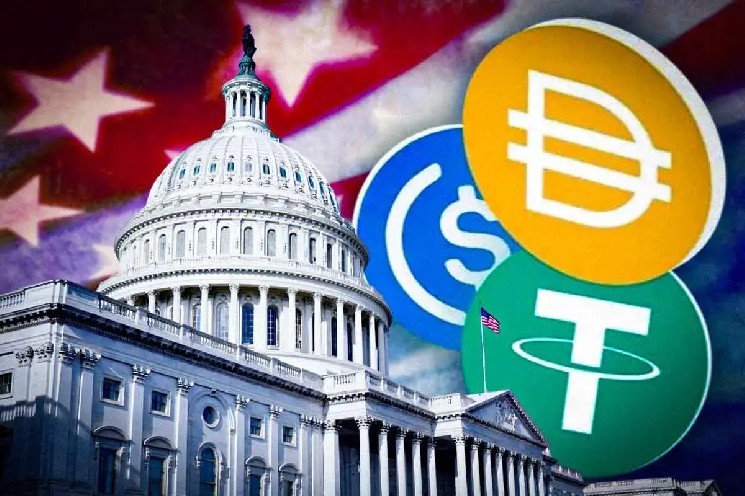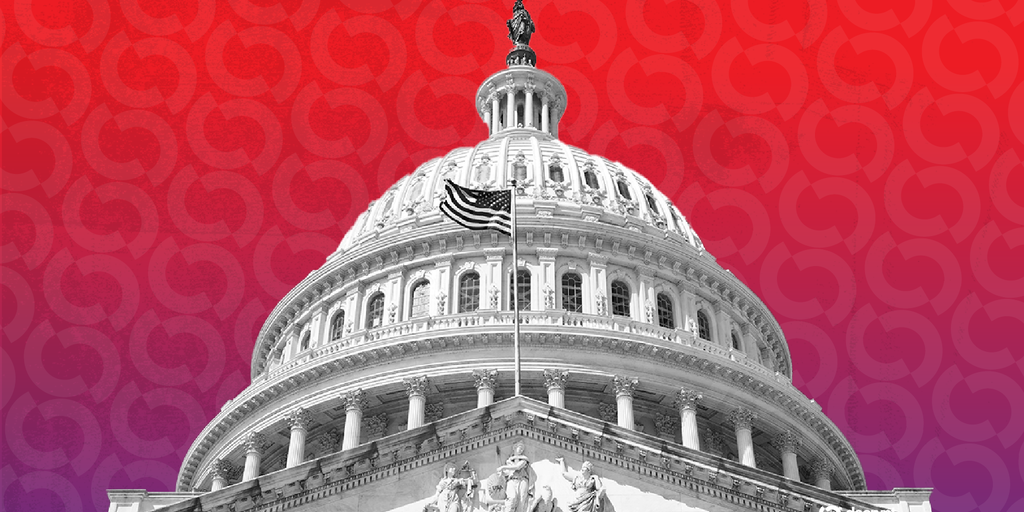Tokenization: Our Field Of Dreams? Remarks At The Crypto Task Force Roundtable On Tokenization, CFTC Commissioner Caroline A. Crenshaw, Washington D.C., May 12, 2025
Today’s topic is very broad, perhaps the broadest tackled so far in these Crypto Task Force roundtables: tokenization. I understand that much of the discussion will focus on potential regulatory efforts to facilitate tokenization.
This idea brings to mind a famous line from the movie Field of Dreams – “if you build it, they will come.”[1] As you may remember, this is a movie starring Kevin Costner as Ray Kinsella, a farmer who is inspired by a mysterious voice to plow under his corn field and build a baseball diamond, taking it on faith that great things will follow.
I see a parallel to the current enthusiasm around tokenization. Blockchain technology has been around for a long time.[2] And, although a number of limited use cases have recently been introduced,[3] it has not been widely adopted for issuance and trading of registered securities. There is an argument that if we “build” – or more accurately, “rebuild” – the financial system to accommodate blockchain, “they” – all manner of market participants – “will come” to embrace tokenized securities. Investors will benefit from increased participation and choice, and markets will flourish from blockchain-derived improvements.
To this, I would first ask, what exactly are we trying to build? What is tokenization? It is a term that, even limited to the SEC space, eludes a straightforward definition. Does tokenization mean issuing a security directly on a blockchain? Or does it refer to creating a digital representation of a security on a blockchain? This may seem a subtle distinction, but it likely carries significant consequences from a regulatory perspective. Beyond issuance, does or should tokenization encompass downstream distribution, trading, clearing and settlement? In other words, would the entire securities lifecycle move “on-chain,” or only a part of it?
However we might try to answer these definitional questions, it’s clear that a tokenized financial system is unlike anything we’ve seen before. It’s not something known and understood like the baseball field Ray Kinsella built. The vision many espouse seems to be a fully tokenized system, where any security, including high-volume liquid products like Fortune 500 stocks, can be issued, traded, cleared and settled on the blockchain.
Moving on from the questions around what we are trying to build, why are we trying to build it? Proponents argue tokenization can speed up the settlement of trades and make markets more efficient. Instead of our current settlement cycle of T+1, tokenization could potentially move us to instant settlement or “T+0.” There is also an argument that instant settlement could reduce counterparty risks because trades would be pre-funded. But the settlement cycle, while shorter than it used to be, is a design feature, not a bug. The intentional delay built in between trade execution and settlement provides for core market functionalities and protection mechanisms.
For these and other reasons, it is not at all clear that shortening the existing settlement cycle is desirable or feasible.[12] Regulators and major market participants, here and abroad, have persuasively argued otherwise.[13]
I think it is our statutory obligation as a regulator to exercise extreme caution with potential changes of this scale, which historically have been undertaken only to address true market crises. While there are certainly areas to improve in our markets, I am interested in whether the changes discussed today would fix any specific existing dysfunction. In Field of Dreams, putting faith in “if you build it, they will come” worked out pretty well in the end for Ray Kinsella. But Ray was making a choice, and taking a risk, limited to his family and his farm. The SEC is the steward of the U.S. capital markets, and the kinds of systemic changes we are talking about have the potential to affect every market participant from Wall Street to Main Street.
Let’s ensure that what we’re contemplating is appropriately scoped to the portion of the market that participates in crypto – recently estimated to be less than 5% of U.S. households[14] – and not detrimental to the “TradFi” markets on which most Americans depend for their financial well-being.[15]
Thank you all for your ongoing engagement with the Commission on these important issues. I look forward to today’s discussions.
[3] These include money market funds, such as the Franklin OnChain U.S. Government Money Fund. See Summary Prospectus (Jan. 3, 2025).
[5] See Budish, infra n2, at 1-2.
[6] See Matt Levine, Bank Blockchains and an Alibaba Box, Bloomberg.com (Jan. 10, 2017) (discussing that while blockchains may be “a better way to build a database,” a core aspect of their appeal is “sociological”: “[i]f you announce that you are updating the database software used by a consortium of banks to track derivatives trades, the New York Times will not write an article about it. If you say that you are blockchaining the blockchain software used by a blockchain of blockchains to blockchain blockchain blockchains, the New York Times will blockchain a blockchain about it.”).
[10] See SIFMA, Comments to SEC Proposed rule “Shortening the Securities Transaction Settlement Cycle” (Apr. 13, 2022) (“Many retail investors submit payment after placing orders, and . . . as many as 20% still make payment by paper check. In a T+0 environment, retail investors would be required to deposit funds in trading accounts in advance of trading (pre-fund) . . . potentially leaving cash in low-yielding investments.”).
[12] See SIFMA, ICI, and DTCC, T+1 After Action Report, at 7-8 (Sept. 2024) (“Despite the success of [ ] T+1, moving to T+0 is not simply the next step in the process … industry consensus is that further accelerating to T+0 could introduce significant risks and complexities … [and] exacerbate market dislocations that already exist ….”).
[13] See, e.g., SIFMA, T+0? More Risk, Fewer Benefits (Feb. 2, 2022); European Securities and Markets Authority, Feedback statement: Call for evidence on shortening the settlement cycle, at 8-9 (“the costs of [T+0] would largely outweigh the benefits[,] would not be achievable in the short or medium term, … would require radical changes to the way markets operate and would likely involve new technologies which are not yet deployed at sufficient scale in financial markets. Furthermore, T+0 … would induce a loss of benefits provided by netting of positions and could create pressure on liquidity due to the need to have all transactions pre-funded. Other disadvantages of T+0 have also been suggested ….”).
[15] See Federal Reserve, Survey of Consumer Finances, 2022 (estimating that as of 2022, 58% of U.S. households owned stocks and 54.4% owned retirement accounts).












